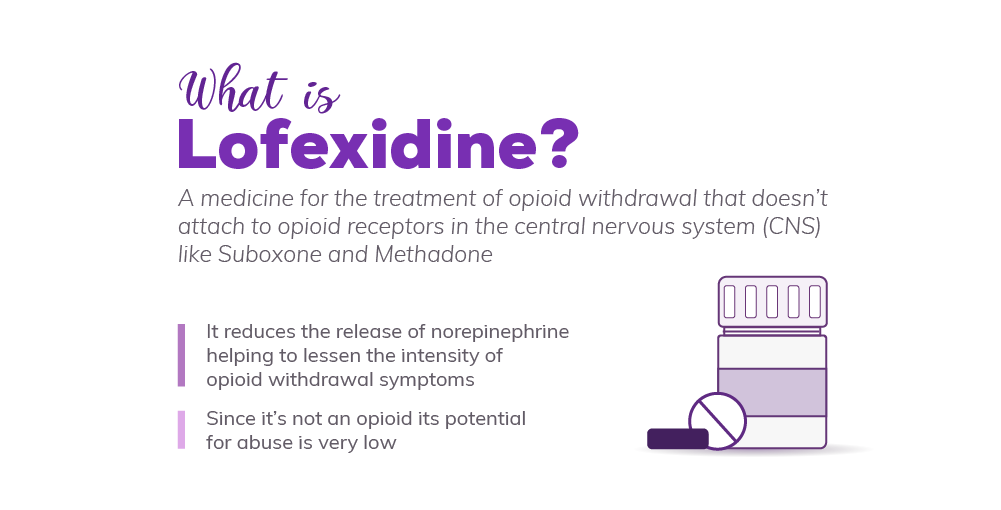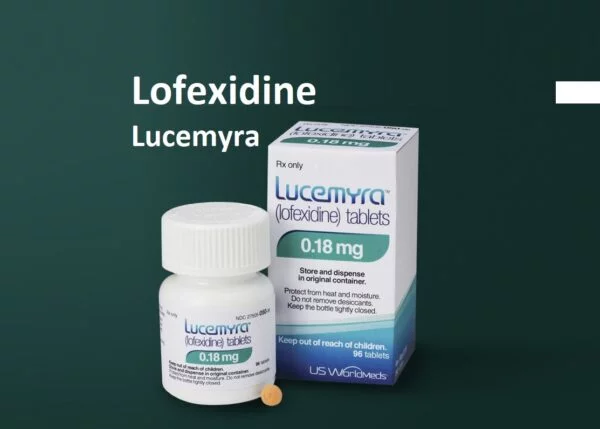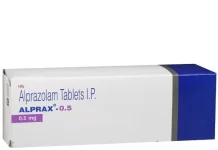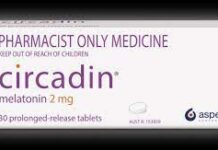Lofexidine is a medication primarily used for the management of symptoms associated with opioid withdrawal. Here’s information about its uses, benefits, common symptoms, and potential side effects: Lofexidine Tablet Uses Benefits and Symptoms Side Effects

Uses and Benefits of Lofexidine:
- Opioid Withdrawal: Lofexidine is specifically indicated for the treatment of symptoms associated with opioid withdrawal. It helps alleviate symptoms such as anxiety, agitation, muscle aches, sweating, runny nose, and gastrointestinal discomfort during the opioid withdrawal process.
Common Symptoms and Side Effects of Lofexidine:
- Sedation and Drowsiness: Lofexidine can cause sedation and drowsiness, which may impair your ability to perform tasks that require alertness. It is important to avoid activities such as driving or operating machinery until you know how lofexidine affects you.
- Dry Mouth: Some individuals may experience a dry mouth as a side effect of lofexidine. Sipping water or using saliva substitutes can help alleviate this symptom.
- Hypotension (Low Blood Pressure): Lofexidine can cause a decrease in blood pressure, leading to symptoms such as dizziness, lightheadedness, or fainting. It’s important to rise slowly from a sitting or lying position to minimize the risk of falls or accidents.
- Bradycardia (Slow Heart Rate): Lofexidine can lower heart rate, resulting in bradycardia. Regular monitoring of heart rate is typically conducted during treatment.
- Gastrointestinal Symptoms: Lofexidine can occasionally cause gastrointestinal symptoms such as nausea, vomiting, abdominal pain, or diarrhea.
- Insomnia or Sleepiness: Some individuals may experience difficulty sleeping (insomnia) or excessive sleepiness as a side effect of lofexidine.
- Allergic Reactions: In rare cases, lofexidine can cause allergic reactions characterized by symptoms such as rash, itching, swelling, or difficulty breathing. Seek immediate medical attention if you experience any signs of an allergic reaction.
It’s important to take
lofexidine as prescribed by your healthcare professional and follow their instructions regarding the dosage and frequency of administration. Lofexidine is typically used for a short period during the acute phase of opioid withdrawal.
Inform your healthcare
provider about any pre-existing medical conditions, medications, or supplements you are taking to ensure the appropriate use of lofexidine. Regular monitoring and follow-up visits with your healthcare provider are typically recommended during lofexidine treatment.
If you have any concerns or experience
troubling side effects while taking lofexidine, consult with your healthcare provider for further evaluation and guidance. They can provide personalized advice based on your specific situation.
Lofexidine Tablet Uses Benefits and Symptoms Side Effects Lofexidine Tablet in hindi Lofexidine Tablet in hindi






